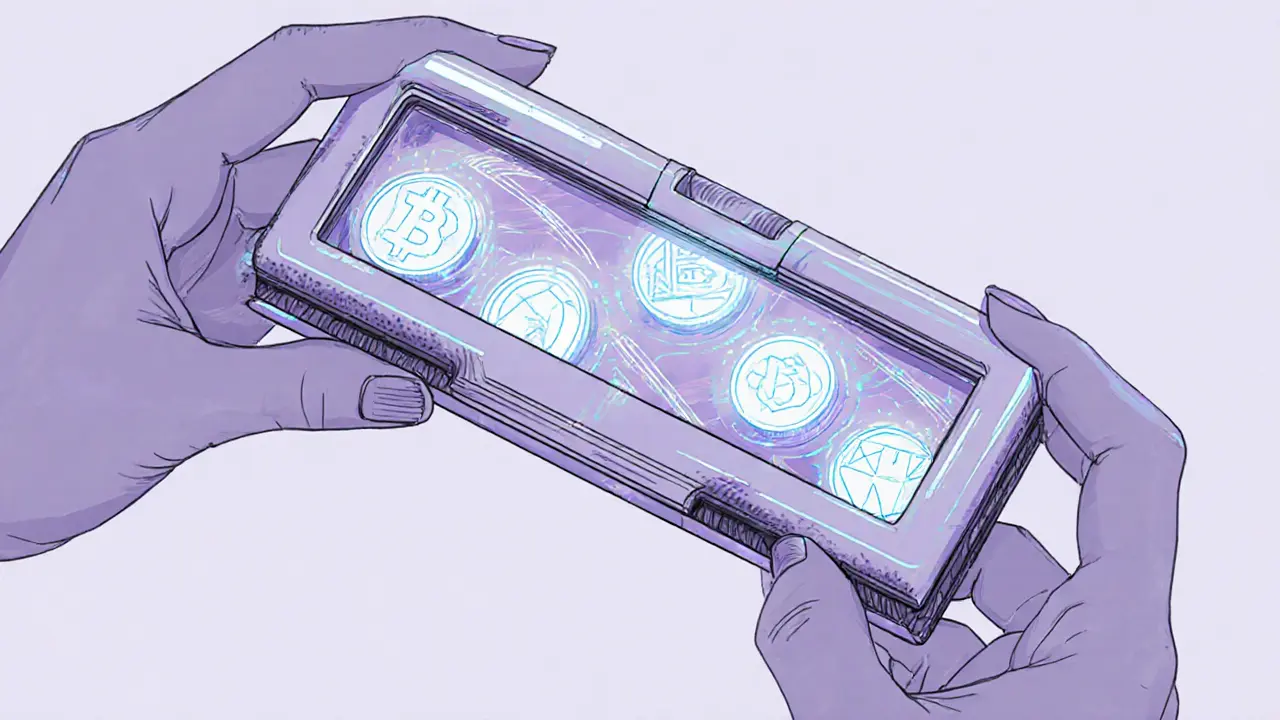Understanding blockchain gaming economies
When working with blockchain gaming economies, the financial systems that power games built on decentralized ledgers. Also known as GameFi ecosystems, they blend traditional game design with crypto incentives, letting players earn real value for in‑game actions. This blend creates a new market where virtual assets flow like commodities, and investors can treat game tokens as tradable securities.
One core pillar of these economies is play-to-earn, a model that rewards players with tokens or NFTs for participating in gameplay. Play‑to‑earn enables users to monetize time spent in virtual worlds, turning entertainment into a potential income source. When you earn a token, you can stake it, trade it on DEXs, or use it for in‑game purchases, which in turn fuels the game's liquidity.
Key components that drive the ecosystem
Another vital entity is GameFi, the broader industry that combines gaming, finance, and blockchain technology. GameFi requires solid tokenomics, clear reward mechanisms, and sustainable inflation controls to keep players engaged long‑term. Successful projects balance token supply with real‑world utility, preventing price crashes that could deter new users.
Non‑fungible tokens, or NFTs, unique digital items that represent ownership of in‑game assets, add scarcity and provenance to virtual items. NFTs influence player behavior by creating collectible markets, enabling secondary sales, and allowing creators to earn royalties on every resale. This creates a feedback loop where the game's economy benefits both developers and players.
Crypto airdrops are also a common catalyst in blockchain gaming economies. By distributing free tokens or NFT rewards to early adopters, projects jump‑start user acquisition and generate buzz. Airdrops act as low‑cost marketing tools while simultaneously seeding the game's liquidity pool, which can improve token stability in the early stages.
Putting it all together, blockchain gaming economies encompass play‑to‑earn models, rely on GameFi design principles, leverage NFTs for scarcity, and often boost growth with airdrops. This interconnection means that a change in one area—like token supply adjustments—ripples through the entire system, affecting player incentives, market prices, and long‑term sustainability.
Below you’ll find a curated set of articles that dig into each of these facets. From token breakdowns and airdrop guides to deep dives on NFT land and play‑to‑earn mechanics, the collection will give you practical insights you can apply whether you’re a gamer, investor, or developer looking to navigate the fast‑evolving world of blockchain gaming economies.

Blockchain Gaming: How Virtual Economies Work
Explore how blockchain transforms virtual game economies, from NFTs and crypto wallets to play-to-earn models, governance, and future trends.
